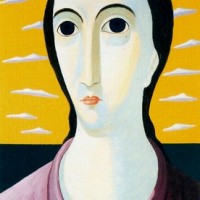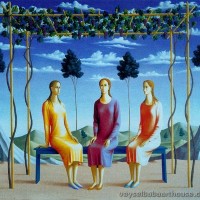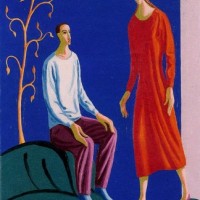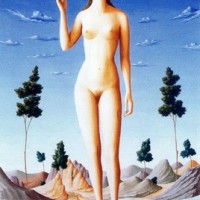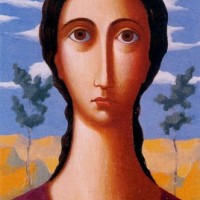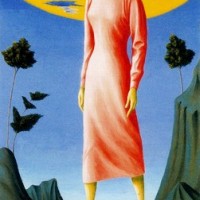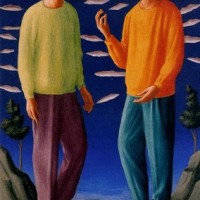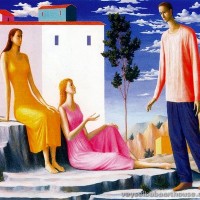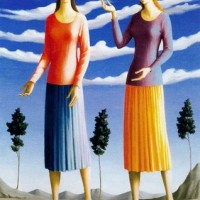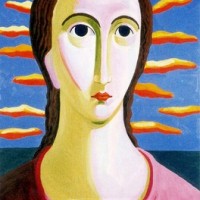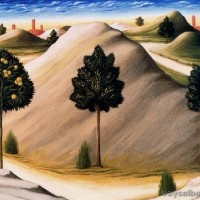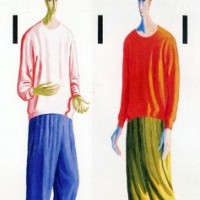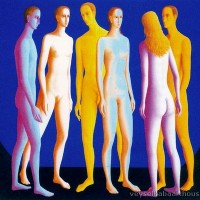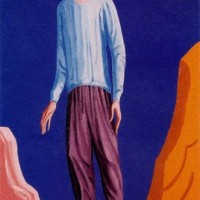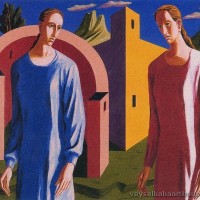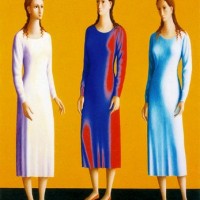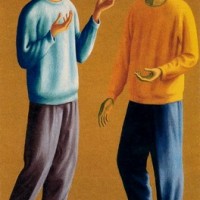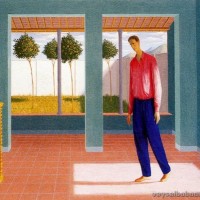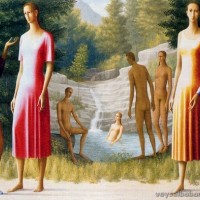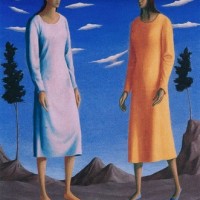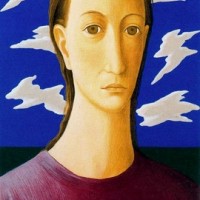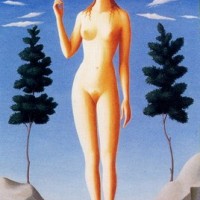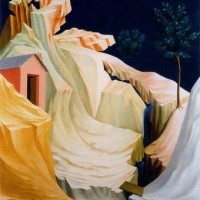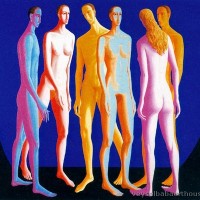- Home
- ABOUT US
- ABOUT VEYSEL BABA
- REDFOX ART HOUSE VIRTUAL TOUR
- MY LAST WILL TESTAMENT
- NOTES ON HUMANITY AND LIFE
- HUMAN BEING IS LIKE A PUZZLE WITH CONTRADICTIONS
- I HAVE A WISH ON BEHALF OF THE HUMANITY
- WE ARE VERY EXHAUSTED AS THE DOOMSDAY IS CLOSER
- NO ROAD IS LONG WITH GOOD COMPANY
- THE ROAD TO A FRIENDS HOUSE IS NEVER LONG
- MY DREAMS 1
- MY DREAMS 2
- GOLDEN WORDS ABOUT POLITICS
- GOLDEN WORDS ABOUT LOVE
- GOLDEN WORDS ABOUT LIFE
- GOLDEN WORDS ABOUT DEATH
- VEYSEL BABA ART WORKS
- SHOREDITCH PARK STORIES
- EXAMPLE LIVES
- ART GALLERY
- BOOK GALLERY
- MUSIC GALLERY
- MOVIE GALLERY
- Featured Article
- Home
- ART GALLERY
- Lorenzo Bonechi
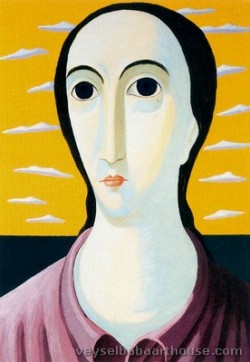
Lorenzo Bonechi
Lorenzo Bonechi ( Figline Valdarno , 12 April 1955 - Figline Valdarno , 23 November 1994 ) was an artist Italian .
Biography
Italy, 1955-1994
Bonechi Lorenzo made his debut in 1982 in several collective exhibitions inspired by the research of the "Cultured Painting" ( Prato , Rome , London and Bologna ). Since 1984 following numerous group exhibitions including: Universe Rice , at the House of Masaccio San Giovanni Valdarno , A New Romanticism. Sixteen Artists from Italy at the Hirshhorn Museum in Washington DC and at 'Akron Art Museum Akron, Ohio, New Prints and Drawings at the Tate Gallery in London and Metaphor and / or Symbol. A perspective on Contemporary Art at the National Museum of Modern Art in Tokyo and the National Museum of Art in Osaka.
In 1985 he made his debut with his first solo exhibition at the Carini Gallery in Florence, then also set up at Fabian Carlsson Gallery, London, and Sharpe Gallery in New York.
Invited to the 46th International Biennial of Art in Venice , he celebrated in 1995, died suddenly on 23 November 1994 , at thirty-nine, for aneurysm at ' aorta .
His art
1975-1994
With the beginning of the eighties was born his interest in sculpture , which will become part of his artistic activity, previously oriented design, graphics, and tempera.
Bonechi realizes elaborate models in clay and other materials such as paint models, models of which were photographic evidence in 'store run by his wife Stefania Popes. The artist is attached to his native land, the Valdarno , where he began to study live painting of the fourteenth and fifteenth century Tuscan, especially Siena: Sano di Pietro , Giovanni di Paolo , the Sassetta , but also the Beato Angelico , the ' art Byzantine and Russian . Not only it interested in the formal qualities, but will begin a thorough study of the roots of the ancient tradition, a research philosophy that led him to empathize with the intentions and in the great masters of the past creative state.
His painting becomes full and brilliant in colors, absorbed in the sacredness of the subjects used in the paintings. At the end of the eighties, in 1987 , founded the pictorial cycle of the Celestial City, linear construction, essential, inspired by Jerusalem Celeste, formally close geometric abstraction, for its pursuit of harmony between lines, colors and surfaces. The Heavenly City are a sign that his pictorial language was toward harmony, sober simplicity and conciseness. His sculptures are born at the same time, the result of intense activity of creating sketches and preparatory drawings, in themselves, already complete and finished works.
